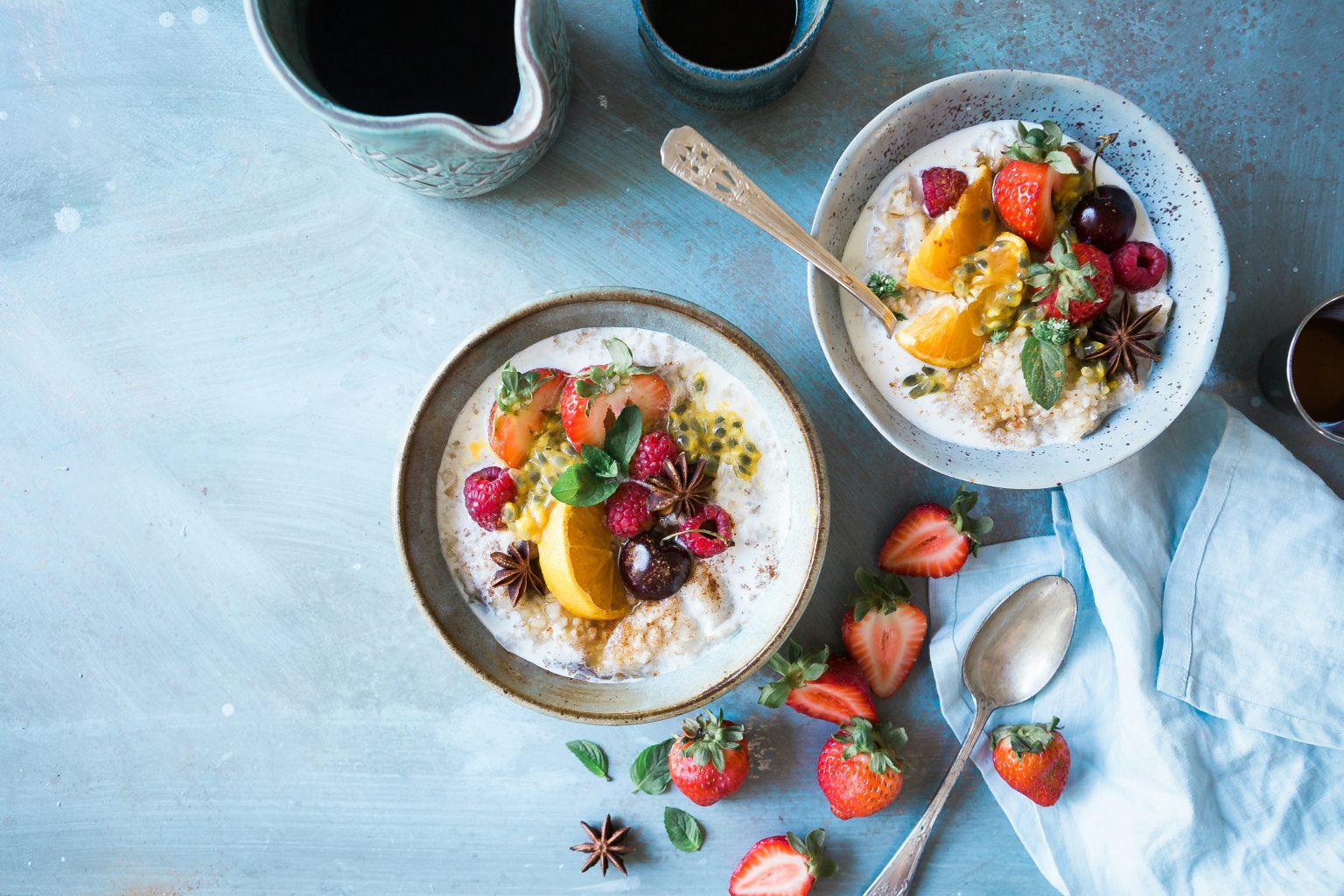In a world where every dish can be a masterpiece, the art of food photography has emerged as an innovative form of visual storytelling. It goes beyond capturing images of magnificently presented dishes, it celebrates the beauty of culinary art. Food photography turns a plate of food into a vibrant display of colours, textures, and flavours.
World Food Day falls on Wednesday 16th of October this year and is a perfect time to celebrate the connection between food and photography. Ahead of World Food Day, leading camera equipment insurer photoGuard shares effective tips for photographers in the food photography industry.
“If you’re thinking about taking photography to the next level, food photography could be the way forward” says Simon Bennett, Managing Director of photoGuard.
Getting started in food photography
One of the best ways to learn more about food photography is to follow some of the most influential online photographers on social media.
What is the best camera for food photography?
When starting in food photography, any camera is sufficient, if the user takes time to learn its settings, particularly focusing on macro settings. Once a photographer learnt most of the tricks of the trade, and established a style of photography they prefer, they will be in a far better position to think about the right camera. For those deciding to turn professional, the camera they choose will need to be up to a high standard and they will likely have to invest in a variety of different lenses. Different types of food or photography jobs will require different kit, so photographers may need a variety of good cameras.
Lighting and angles
The most important factor to bear in mind when setting up any photo shoot is the light intensity and the way it impacts the displayed food. Ideally, photographers should aim to take photos using natural light, and should only use flash or any overhead lighting when necessary.
The optimal approach to choosing the right light source involves examining the food from various perspectives. If the most suitable light source happens to be in the bedroom or living area, the scene can be set up there accordingly.
Capturing multiple images from different angles is essential to grasp all the tricks of food display and identify what appeals most to viewers. For instance, taking shots from above and at 45-degree angles provides diverse perspectives. It is important to review all the photos at the end of the shoot and choose the most suitable ones.
“Food photography is an increasingly popular hobby and can create profits once you’ve acquired the right skills and built a reasonable portfolio of work” adds Bennett.
Find out more about food photography on:

